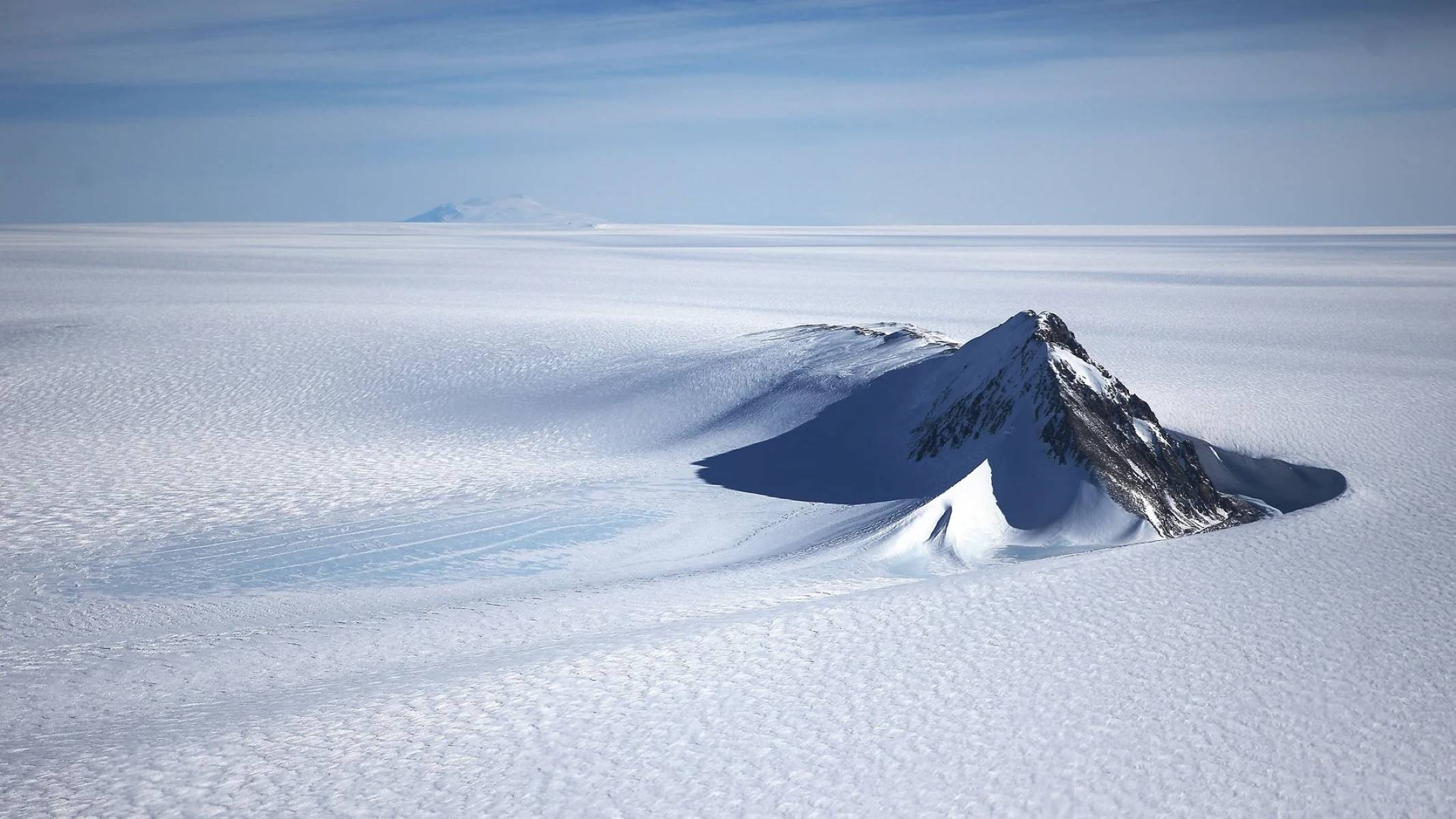Antarctica’s Hidden Fossil Forests

Did you know that Antarctica, the icy continent at the bottom of the world, hides ancient secrets beneath its frozen surface? Antarctica's hidden fossil forests offer a glimpse into a time when this now-frozen land was lush and green. Millions of years ago, before the ice took over, forests thrived here. These ancient trees and plants have left behind fossils that tell stories of a warmer, greener past. Scientists have uncovered these fossils, revealing that Antarctica was once home to diverse plant life. Imagine towering trees and vibrant vegetation where now only ice and snow exist. These discoveries help researchers understand how Earth's climate has changed over millions of years. Exploring these fossil forests is like stepping back in time, offering a unique perspective on our planet's history. Curious about what else lies beneath the ice? Antarctica's hidden fossil forests hold the answers.
Discovering Antarctica's Fossil Forests
Antarctica, a land of ice and mystery, hides secrets beneath its frozen surface. Among these secrets are ancient fossil forests, remnants of a time when this icy continent was lush and green. Let's explore some of these fascinating sites where you can find traces of prehistoric life.
Fossil Forests of the Transantarctic Mountains
The Transantarctic Mountains stretch across the continent, revealing glimpses of a verdant past. These mountains hold some of the most significant fossil forest discoveries.
Beardmore Glacier: This site is famous for its well-preserved fossilized trees, dating back over 250 million years. Scientists have found evidence of ancient forests that once thrived here, providing clues about Earth's climate history.
Mount Achernar: Located near the Beardmore Glacier, Mount Achernar is another treasure trove of fossilized plant life. Researchers have uncovered fossilized wood and leaves, painting a picture of a once-thriving ecosystem.
Fossil Forests in the Shackleton Glacier Region
The Shackleton Glacier region offers more opportunities to uncover the secrets of Antarctica's ancient forests. This area is a hotspot for paleontologists seeking to understand the continent's prehistoric past.
Oliver Bluffs: Here, fossilized tree stumps and leaves have been discovered, offering insights into the types of plants that once grew in Antarctica. These fossils suggest a diverse ecosystem that thrived millions of years ago.
Mount Kyffin: This site is known for its fossilized wood and plant material, providing evidence of a warmer climate in Antarctica's distant past. The fossils found here help scientists piece together the continent's geological history.
Fossil Forests of the Allan Hills
The Allan Hills region is another key area for fossil forest exploration. This remote location has yielded significant discoveries that shed light on Antarctica's ancient environment.
Allan Hills Main Icefield: Fossilized leaves and wood have been found here, indicating that forests once covered this area. These fossils offer a glimpse into the types of plants that thrived in Antarctica millions of years ago.
Allan Hills Blue Ice Area: This site is known for its well-preserved fossils, including tree trunks and leaves. The fossils found here provide valuable information about the climate and environment of ancient Antarctica.
Fossil Forests in the Prince Charles Mountains
The Prince Charles Mountains are home to some of Antarctica's most intriguing fossil forest sites. These mountains offer a window into the continent's prehistoric past.
Mount Stinear: Fossilized wood and leaves have been discovered here, revealing a diverse array of plant life that once thrived in Antarctica. These fossils help scientists understand the continent's ancient climate and ecosystems.
Mount Ruker: This site has yielded a wealth of fossilized plant material, including tree trunks and leaves. The discoveries made here provide valuable insights into the types of forests that once covered Antarctica.
Fossil Forests of the Antarctic Peninsula
The Antarctic Peninsula is another region where fossil forests have been found. This area offers a unique opportunity to study the continent's ancient plant life.
Alexander Island: Fossilized wood and leaves have been discovered on Alexander Island, providing evidence of a once-lush environment. These fossils offer clues about the types of plants that thrived in Antarctica millions of years ago.
James Ross Island: This site is known for its well-preserved fossils, including tree trunks and leaves. The discoveries made here help scientists piece together the continent's prehistoric climate and ecosystems.
Discoveries Await in Antarctica's Ancient Forests
Antarctica's hidden fossil forests offer a glimpse into a world long gone. These ancient landscapes, buried beneath ice, tell stories of lush greenery and thriving ecosystems. Scientists continue to unearth these treasures, revealing how life adapted to dramatic climate shifts. For travelers, visiting these sites is like stepping back in time. The fossilized trees and plants provide a unique opportunity to understand Earth's history and the resilience of life. As research progresses, more secrets of these forests will come to light, offering insights into past climates and guiding future conservation efforts. While the icy continent may seem remote, its ancient forests connect us to a shared history. Exploring these sites not only satisfies curiosity but also deepens appreciation for our planet's dynamic past. So, whether you're an adventurer or a history enthusiast, Antarctica's fossil forests promise an unforgettable experience.

